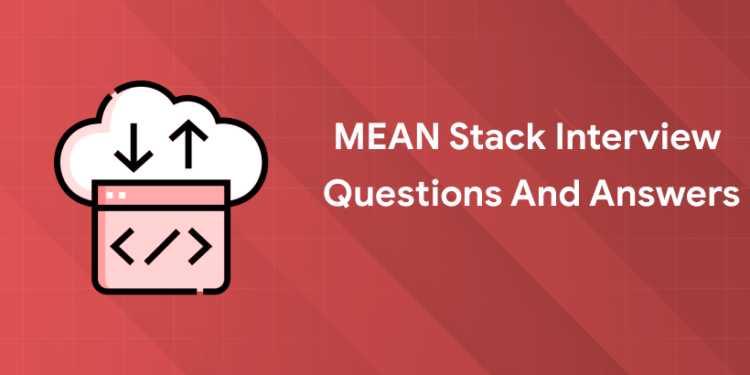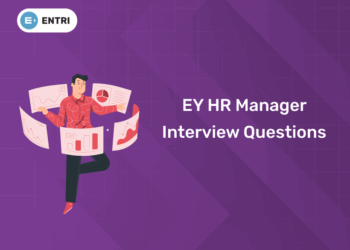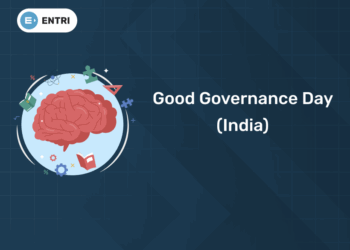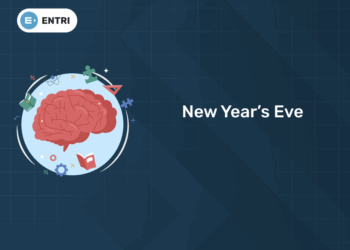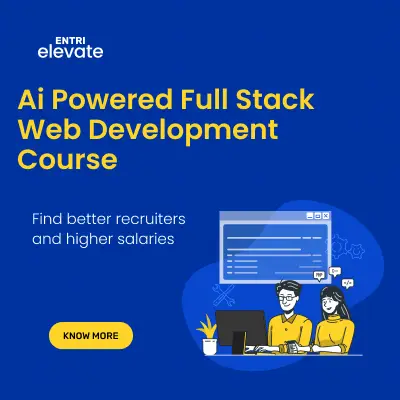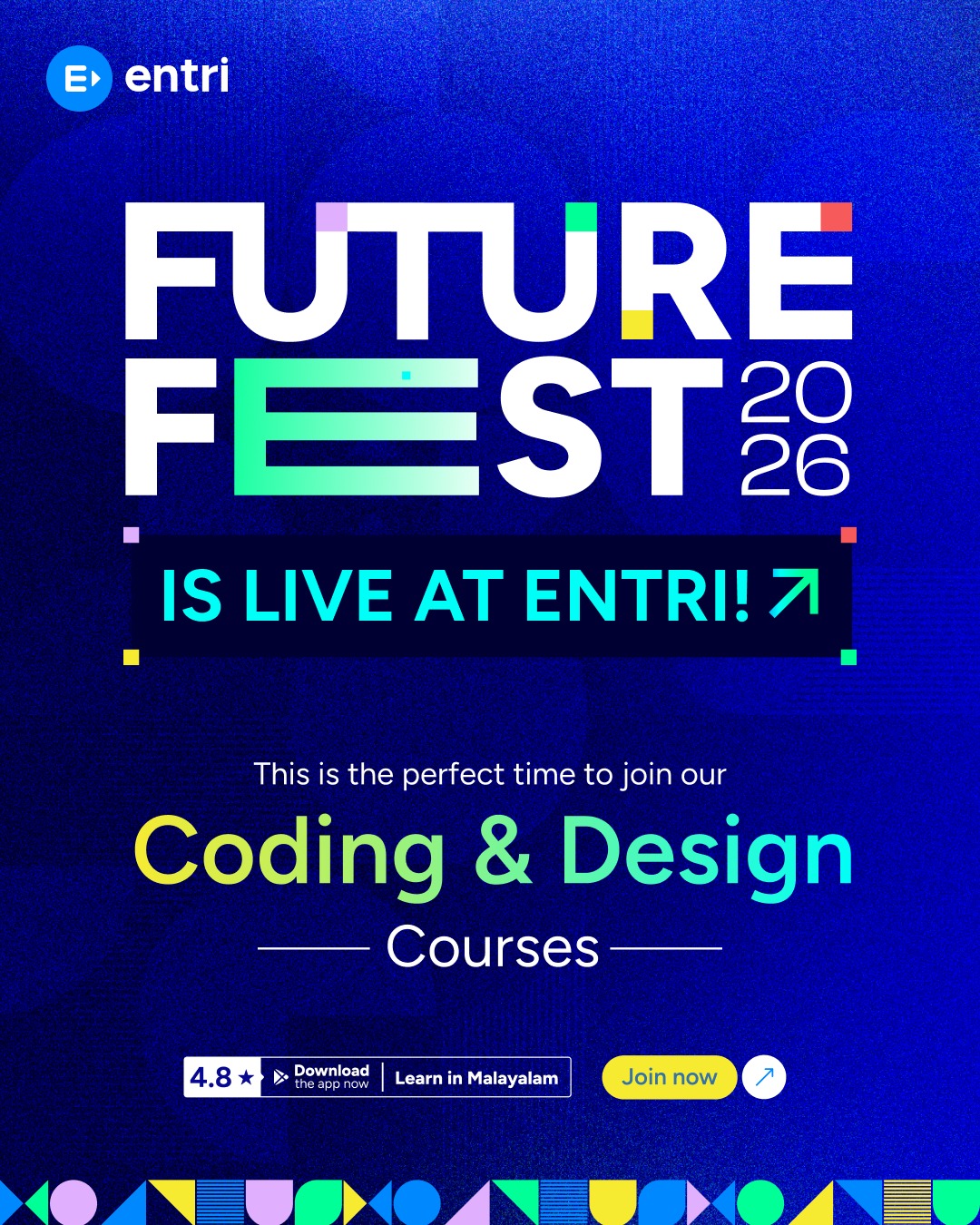Table of Contents
Introduction
The MEAN Stack, comprising MongoDB, Express.js, Angular, and Node.js, remains one of the most popular and powerful tech stacks for full-stack JavaScript development in 2025. Its ability to build dynamic, scalable, and maintainable web applications using a single language throughout the stack makes it a preferred choice for startups, enterprises, and freelance projects alike. For developers, mastering MEAN Stack technologies and excelling at the interview process is key to unlocking lucrative career opportunities in web development.
Navigating a MEAN Stack interview requires thorough knowledge not only of each technology but also of how they integrate for end-to-end application development. In this article, 50 carefully selected MEAN Stack interview questions and answers are presented, organized by difficulty levels and key topics, to equip aspirants with practical insights, best practices, and coding concepts needed to succeed in interviews in 2025 and beyond.
MEAN Stack Basics
1: Which of the following is a JavaScript framework/library?
1. What does MEAN Stack stand for?
MEAN stands for MongoDB, Express.js, Angular, and Node.js. It is a JavaScript-based technology stack used to develop modern web applications with end-to-end JavaScript.
2. What role does each technology play in the MEAN Stack?
-
MongoDB: NoSQL database storing JSON-like documents.
-
Express.js: Backend framework to build APIs using Node.js.
-
Angular: Frontend framework to build dynamic single-page applications.
-
Node.js: Server-side JavaScript runtime environment.
3. How does MEAN Stack benefit full-stack development?
It allows developers to use a single language, JavaScript, on both client and server sides, improving efficiency, code reuse, and the development lifecycle.
4. What are the advantages of using MongoDB in MEAN Stack?
MongoDB provides flexibility through schema-less data models, scalability with sharding, fast querying, and easy integration with JavaScript applications.
5. Can you explain the architecture of a basic MEAN Stack application?
Angular handles the user interface; it communicates with the Express.js backend via HTTP calls. Express.js manages routes, business logic, and interacts with MongoDB for data operations. Node.js runs the server and handles client requests asynchronously.
🚀 Start Coding Today! Enroll Now with Easy EMI Options. 💳✨
Get Hired as a Full-Stack Developer: Master the Skills Employers Are Looking For!
Start Learning With EMI Payment OptionsAngular and Frontend Questions
6. What are Angular components?
They are the basic building blocks of an Angular application, consisting of HTML (template), TypeScript (logic), and CSS (styles).
7. How is data binding implemented in Angular?
Angular supports one-way and two-way data binding allowing synchronization between the model and the view.
8. What are Angular directives?
Directives are instructions in the DOM that tell Angular how to render and manipulate elements, e.g., *ngIf, *ngFor.
9. Explain Angular services and dependency injection.
Services are reusable business logic classes injected into components using Angular’s dependency injection system to promote modularity and testability.
10. What is RxJS and how is it used in Angular?
RxJS is a reactive programming library that enables handling asynchronous data streams using Observables, heavily used for event handling and HTTP requests in Angular.
Node.js and Express.js Questions
11. Why is Node.js single-threaded but highly scalable?
Node.js uses an event-driven, non-blocking I/O model that allows it to handle multiple requests asynchronously on a single thread, improving scalability.
12. What is the event loop in Node.js?
The event loop handles asynchronous callbacks by monitoring the call stack and the callback queue, executing callbacks when the stack is empty.
13. How do you create a RESTful API using Express.js?
By defining routes (GET, POST, PUT, DELETE) in Express that handle HTTP requests and communicate with the database.
14. What is middleware in Express.js?
Middleware are functions executed during the request-response cycle that can modify the request, response, or end the request.
15. How do you handle errors in Express?
By defining error-handling middleware that accepts four arguments (err, req, res, next) and sending appropriate HTTP error responses.
MongoDB and Database Questions
16. What are the main features of MongoDB?
Flexible document schema, indexing, replication, sharding, and powerful aggregation framework.
17. Explain MongoDB’s document structure.
Documents are BSON (binary JSON) objects stored in collections with key-value pairs and nested objects/arrays.
18. How do you perform CRUD operations in MongoDB?
Using methods like insertOne(), find(), updateOne(), and deleteOne() in the MongoDB shell or via drivers.
19. What is the aggregation framework?
A powerful pipeline-based system for data transformation and aggregation operations like grouping, filtering, sorting.
20. How is data validation implemented in MongoDB?
Using schema validation rules defined at the collection level to enforce data integrity.
🚀 Start Coding Today! Enroll Now with Easy EMI Options. 💳✨
Get Hired as a Full-Stack Developer: Master the Skills Employers Are Looking For!
Start Learning With EMI Payment OptionsIntegration and Architecture
21. How does Angular communicate with the Node.js backend?
Through HTTP requests using Angular’s HttpClient module to the Express.js RESTful API.
22. What is CORS and why is it important?
Cross-Origin Resource Sharing (CORS) allows web applications running on a different domain to access resources from the backend securely.
23. How can you secure a MEAN Stack application?
Using HTTPS, JWT for authentication, input validation, secure headers, and proper error handling.
24. What is JWT and how is it used in MEAN Stack?
JSON Web Token is a compact, URL-safe means of representing claims to securely transmit information for authentication and authorization.
25. Explain the use of environment variables in MEAN Stack apps.
They store configuration settings and secrets outside code, accessed via process.env in Node.js for security and environment-specific setup.
Get a head start with our free Java materials!
Advanced MEAN Stack Questions
26. What are Observables vs Promises?
Observables support multiple values over time and can be canceled; Promises handle a single asynchronous value.
27. Describe the use of Angular Guards.
Guards control navigation by preventing unauthorized users from accessing certain routes.
28. How do you implement clustering in Node.js?
Using the cluster module to fork multiple worker processes to utilize multi-core CPUs for better performance.
29. What are microservices and can MEAN Stack support them?
Microservices split applications into small, independent services. MEAN Stack can be modularized to serve microservices via Express APIs.
30. Explain the difference between SQL and NoSQL databases.
SQL databases are relational with fixed schemas; NoSQL databases like MongoDB are schema-less and use flexible document models.
| SQL Tutorial for Beginners PDF – Learn SQL Basics | |
| HTML Exercises to Practice | HTML Tutorial | |
| DSA Practice Series | DSA Tutorials | |
| Java Programming Notes PDF 2023 |
MEAN Stack Coding and Scenario Questions
31. Write a sample Express route to handle user registration.
app.post('/register', async (req, res) => {
const { username, password } = req.body;
// Validate, hash password, save to MongoDB
res.status(201).send("User registered");
});
32. How do you perform pagination in MongoDB?
Using skip() and limit() methods to fetch subsets of data.
33. How can you optimize Angular app performance?
Lazy loading modules, OnPush change detection, minimizing bundle sizes, and using trackBy in *ngFor.
34. How do you handle file uploads in Express?
Using middleware such as multer for parsing multipart/form-data.
35. How do you implement token-based authentication in MEAN Stack?
Generate JWT on login, store client-side, validate token on backend using middleware.
Testing and Deployment
36. What testing frameworks are used in MEAN Stack?
Jasmine and Karma for Angular, Mocha or Jest for Node.js/Express backend.
37. How do you deploy a MEAN Stack application?
Using cloud providers (AWS, Azure, Heroku), containerization (Docker), and CI/CD pipelines.
38. Explain containerization advantages for MEAN Stack apps.
Containers ensure consistency, scalability, and easier environment management.
39. What is PM2 and how is it used?
PM2 is a process manager for Node.js applications to keep them running and manage clustering.
40. How do you enable HTTPS in a MEAN Stack app?
By configuring SSL certificates in Node.js server or reverse proxy.
Behavioral and Best Practices
41. How do you keep your MEAN Stack skills updated?
Following documentation, tutorials, developer communities, and contributing to open source.
42. How do you manage code versioning in team projects?
Using Git with branching strategies and pull requests for code reviews.
43. What is your approach to troubleshooting production issues?
Logging, monitoring, debugging tools, and replicating issues locally.
44. How important is code modularity in MEAN Stack projects?
Very important for scalability, maintainability, and collaboration.
45. How do you balance performance and security?
Implement efficient code, caching, optimization, and strict security policies simultaneously.
Miscellaneous Technical Questions
46. What is the difference between AngularJS and Angular?
AngularJS (1.x) is JavaScript-based and less modular; Angular (2+) uses TypeScript and improved architecture.
47. Explain the use of Node Package Manager (npm).
npm manages dependencies and packages for Node.js projects.
48. How do you handle session management in Express?
Using express-session or tokens for stateless sessions.
49. What are the challenges in MEAN Stack development?
Handling asynchronous programming, data consistency, security, and performance tuning.
50. What improvements are expected in the MEAN Stack in the future?
Better TypeScript support, more microservices adoption, enhanced developer tooling, and cloud-native integration.
About Entri’s Full Stack Developer Course
-
Comprehensive, industry-aligned program covering key full-stack technologies: JavaScript, Node.js, Express.js, Angular, React, and MongoDB
-
Focuses on mastering front-end and back-end development with practical, project-based learning
-
AI integration provides personalized feedback, adaptive learning paths, and intelligent coding assistance to accelerate skill acquisition
-
Offers hands-on coding challenges and real-time support for effective problem-solving
-
Robust placement assistance including career mentoring, resume building workshops, and live profile-building sessions
-
Access to exclusive job opportunities with top IT firms like Wipro, Accenture, and more
-
Prepares learners with interview preparation, real-world projects, and industry-relevant skills for high employability
-
Flexible learning options with live and recorded sessions, supported by expert mentors and personalized guidance
Conclusion
Preparing for a MEAN Stack interview in 2025 requires a solid understanding of the entire JavaScript ecosystem from frontend frameworks to backend and database technologies. This comprehensive list of 50 interview questions and answers covers fundamental concepts, advanced technical scenarios, and best practices to help developers showcase their proficiency and problem-solving capabilities. Whether aspiring to join startups or established tech firms, mastering these topics will provide confidence and a competitive edge in the interview room.
Keep learning, practicing real-world coding problems, and staying updated with the latest trends in the MEAN Stack to excel not only in interviews but also throughout your development career.


